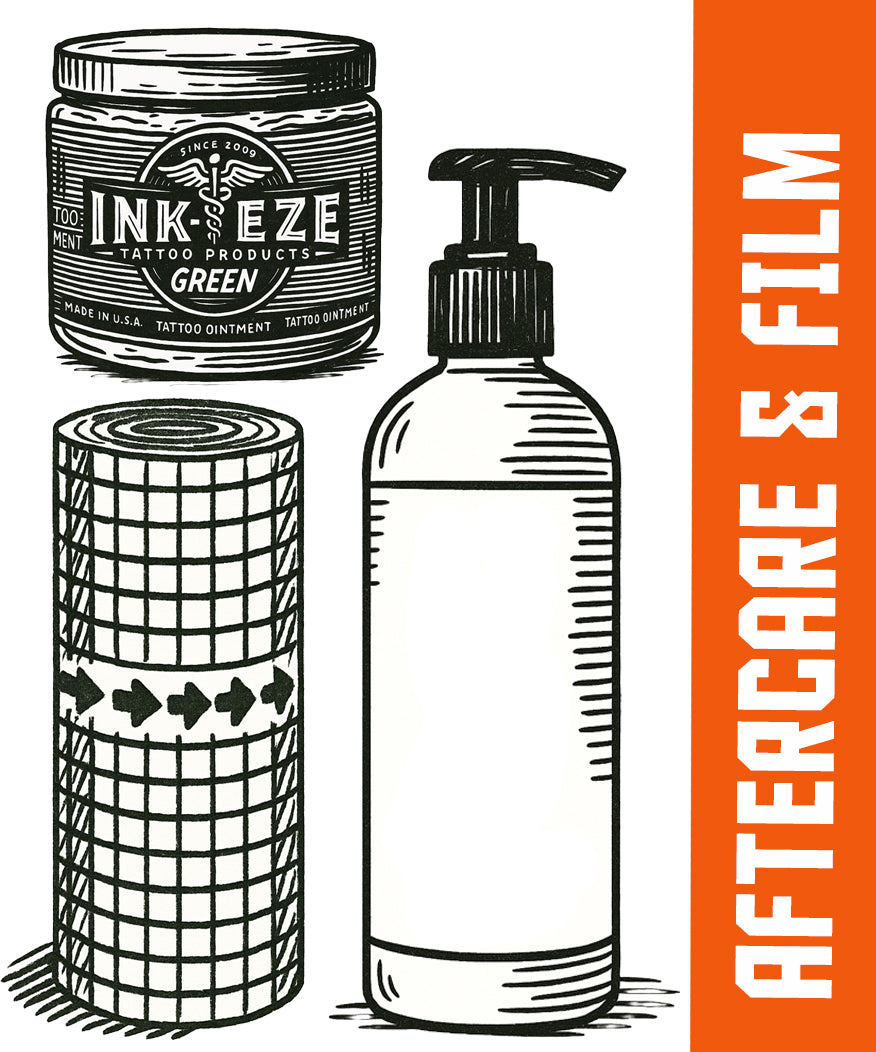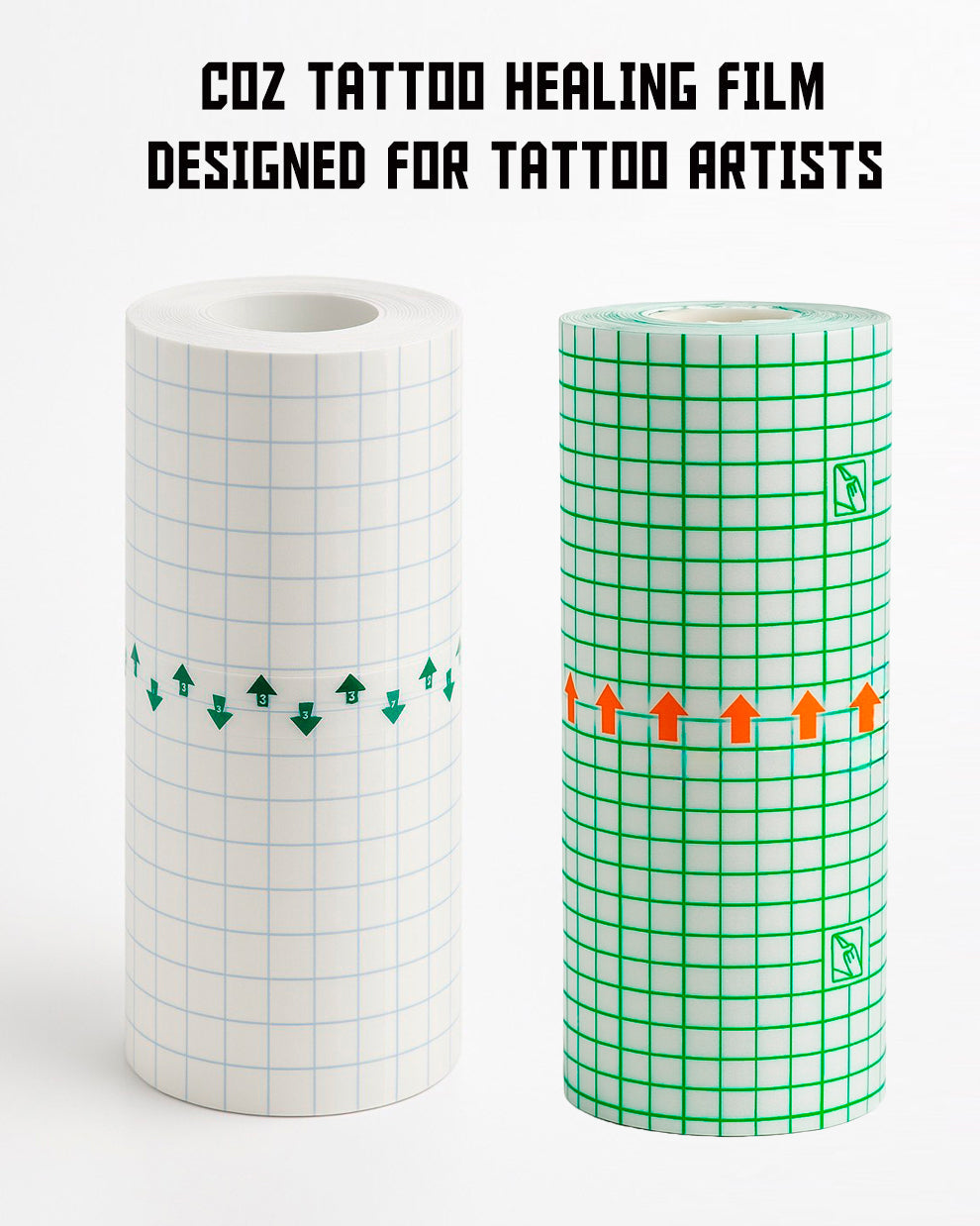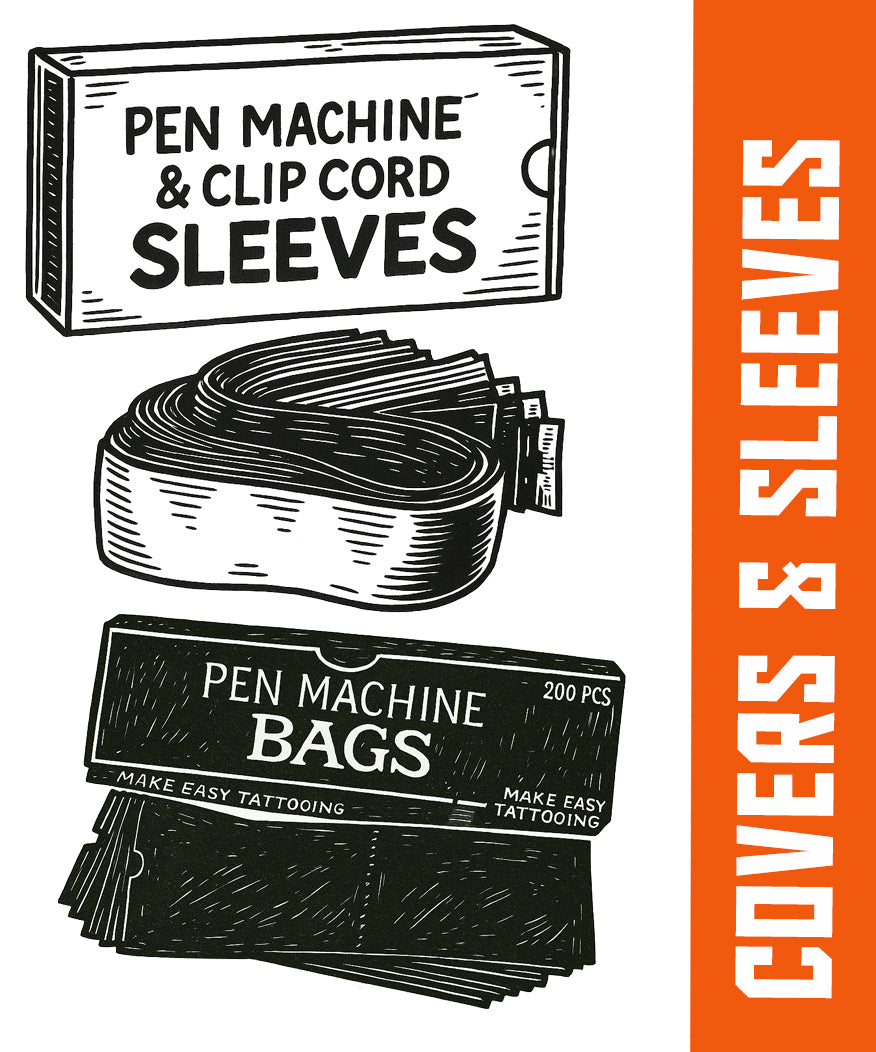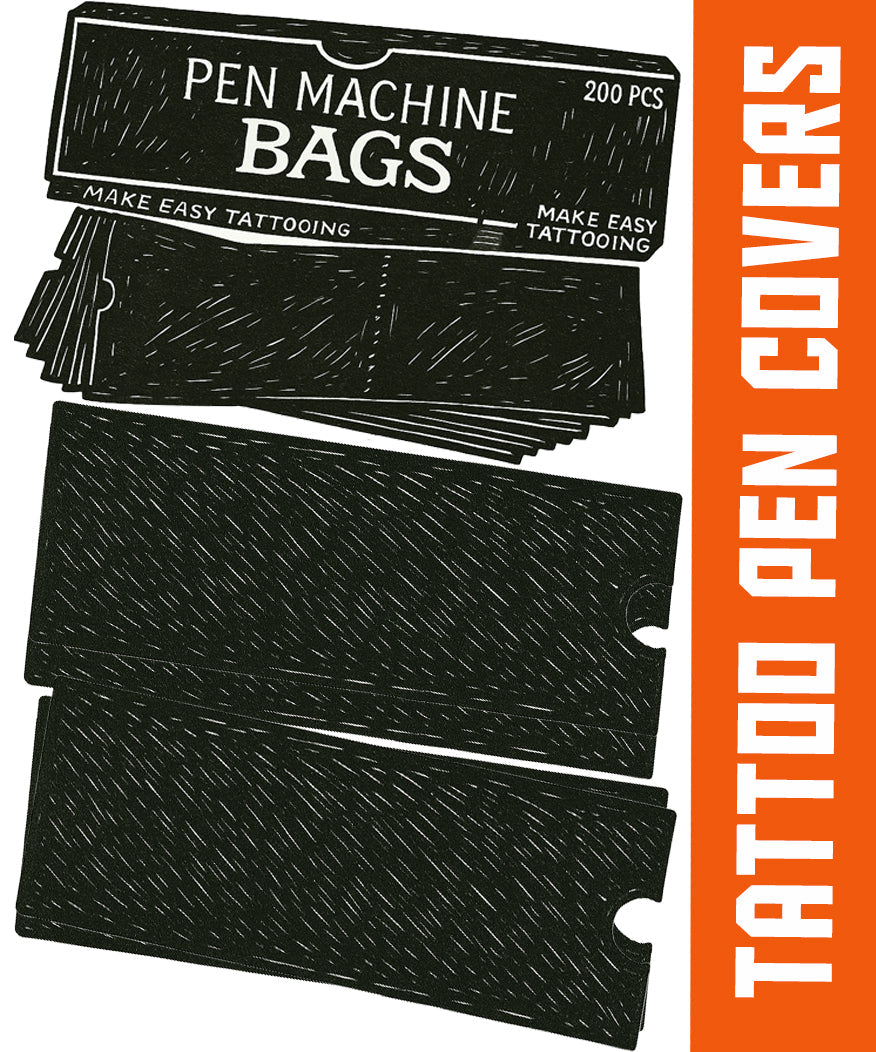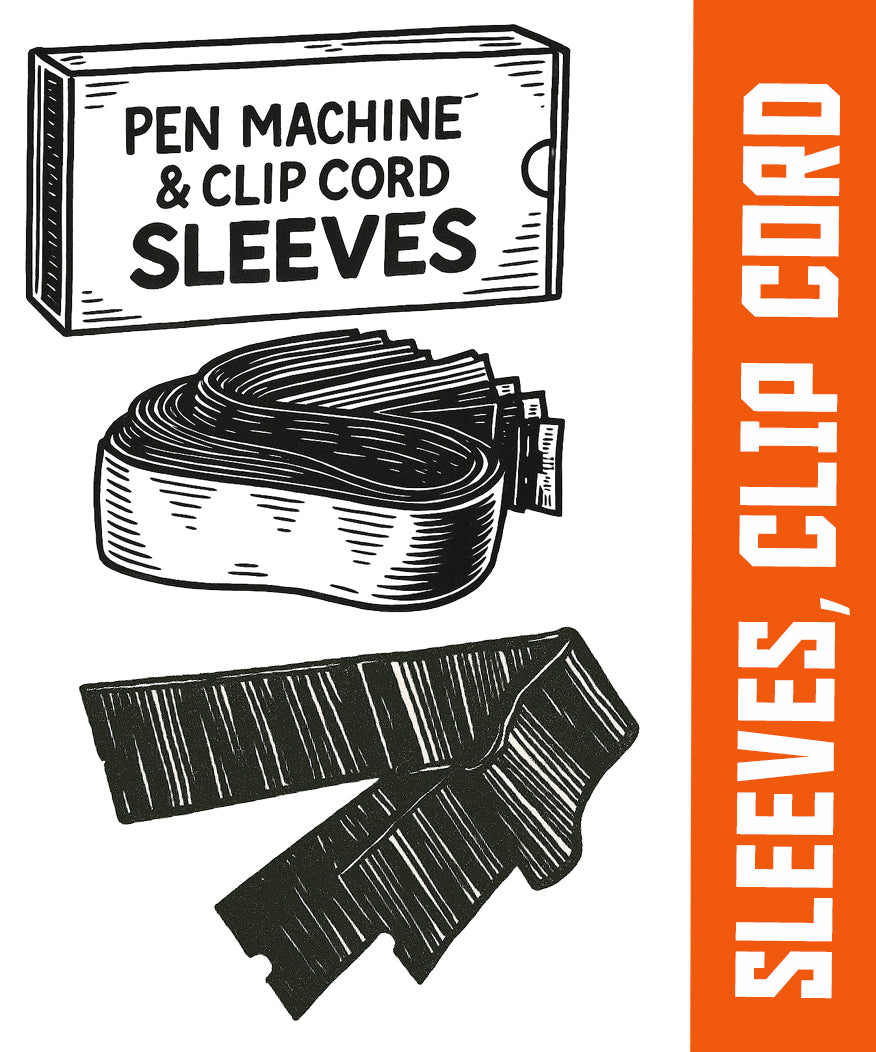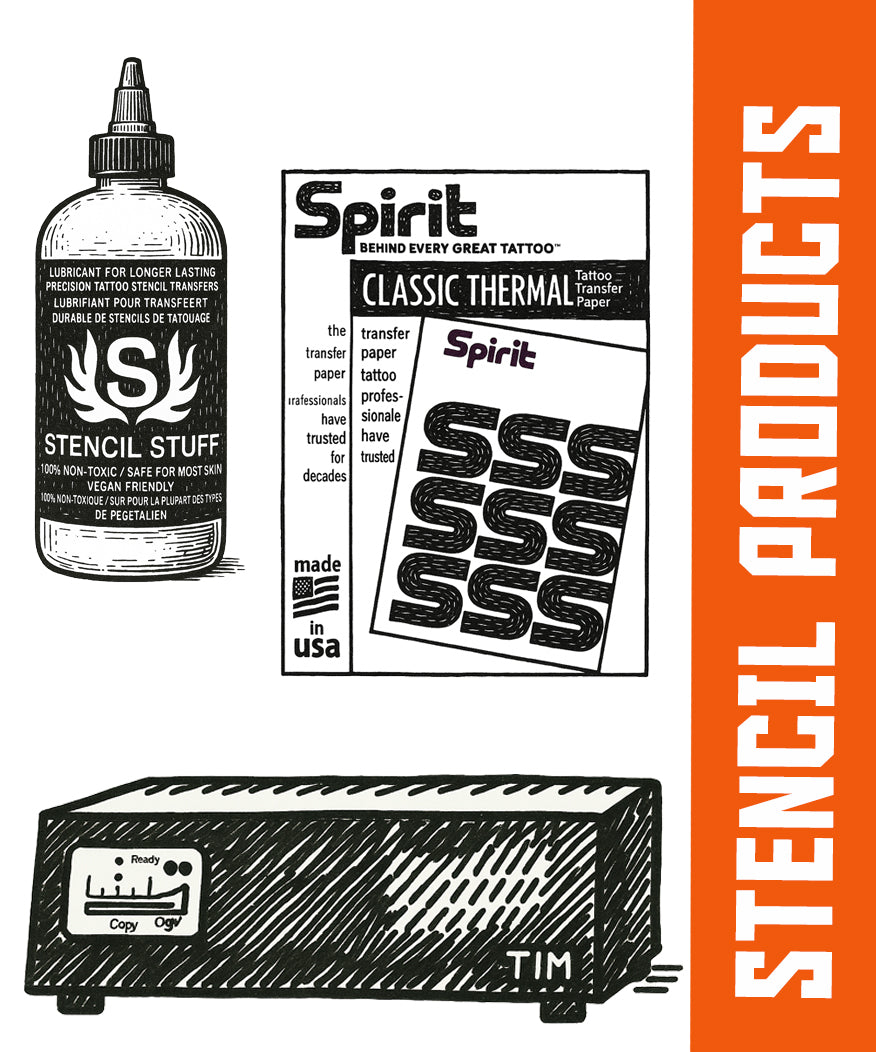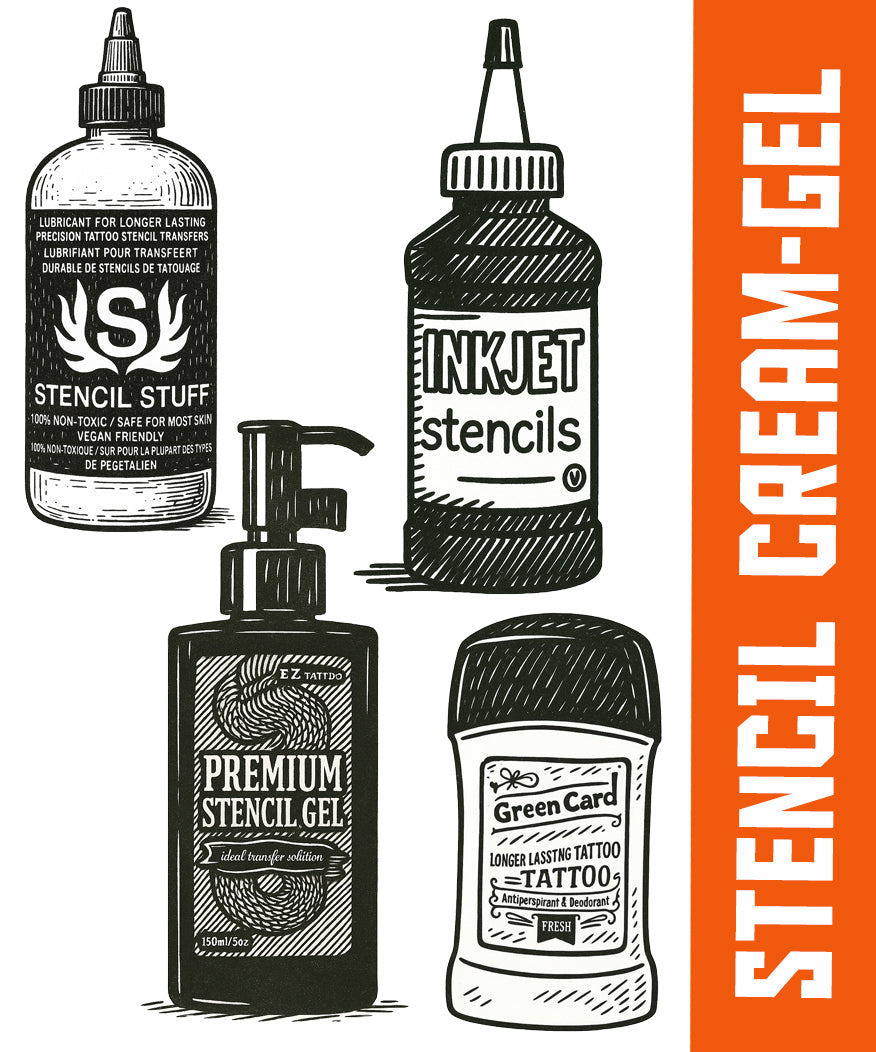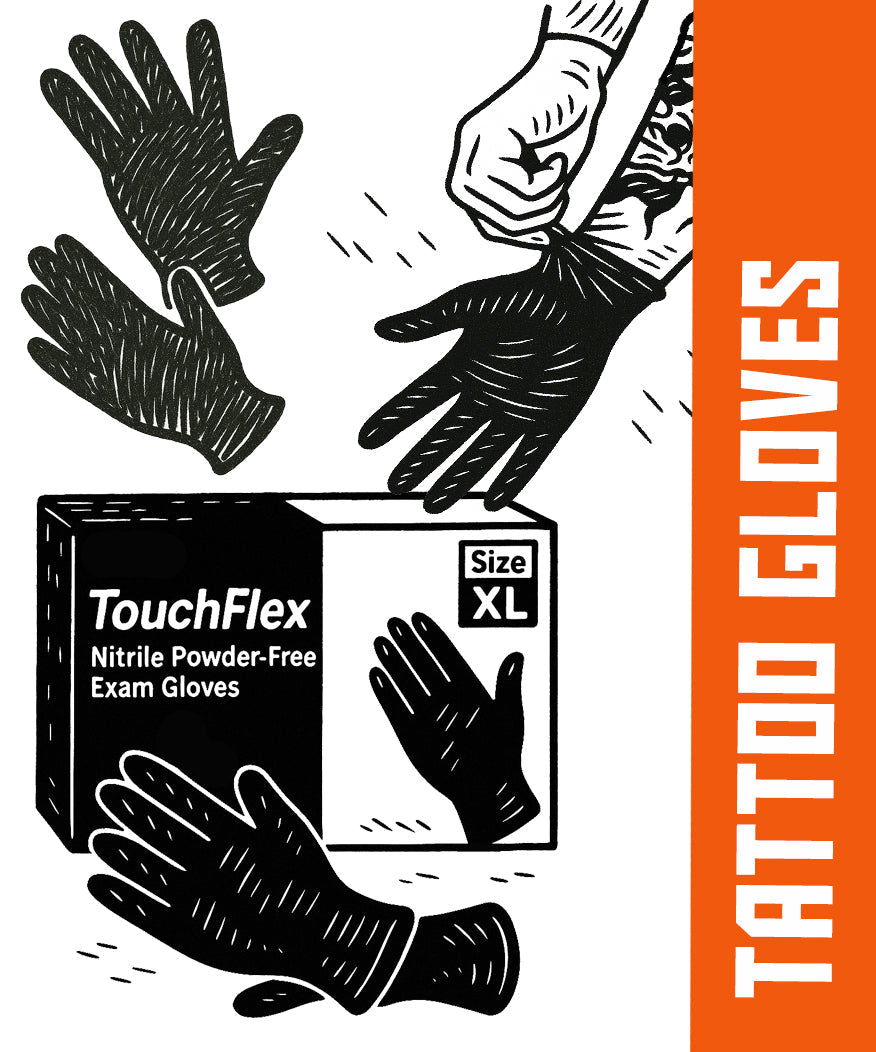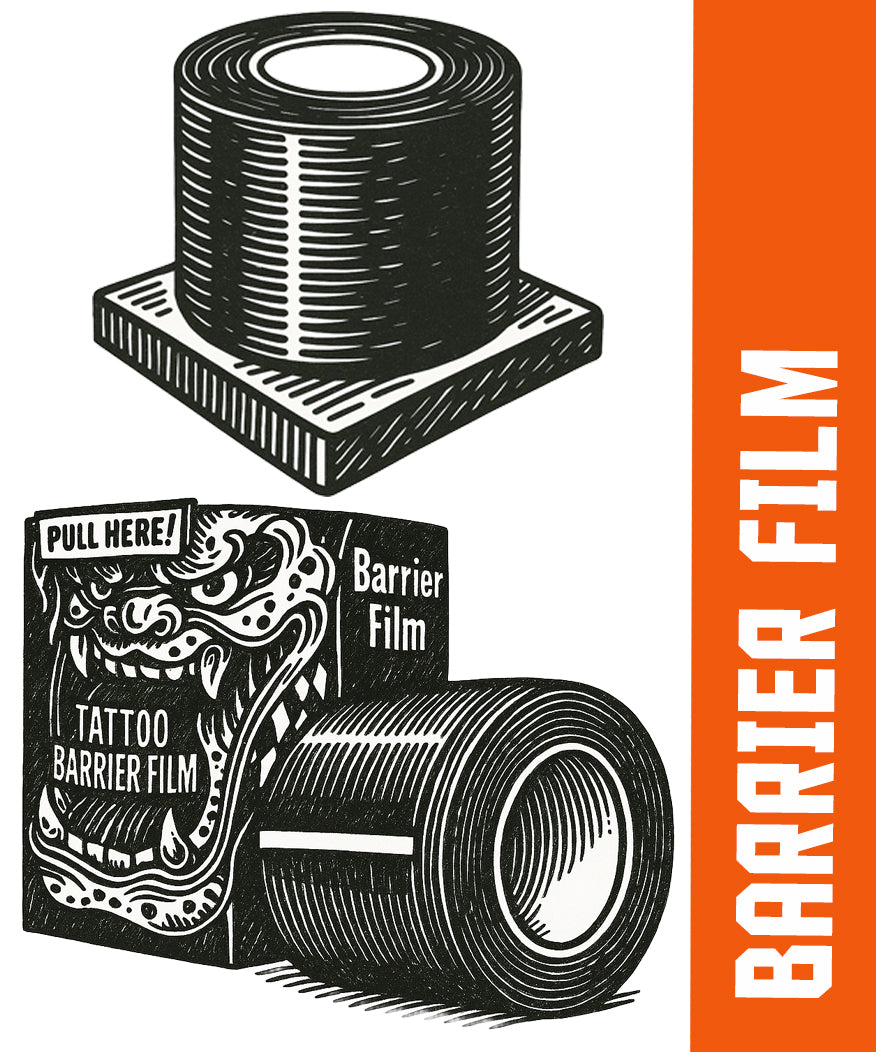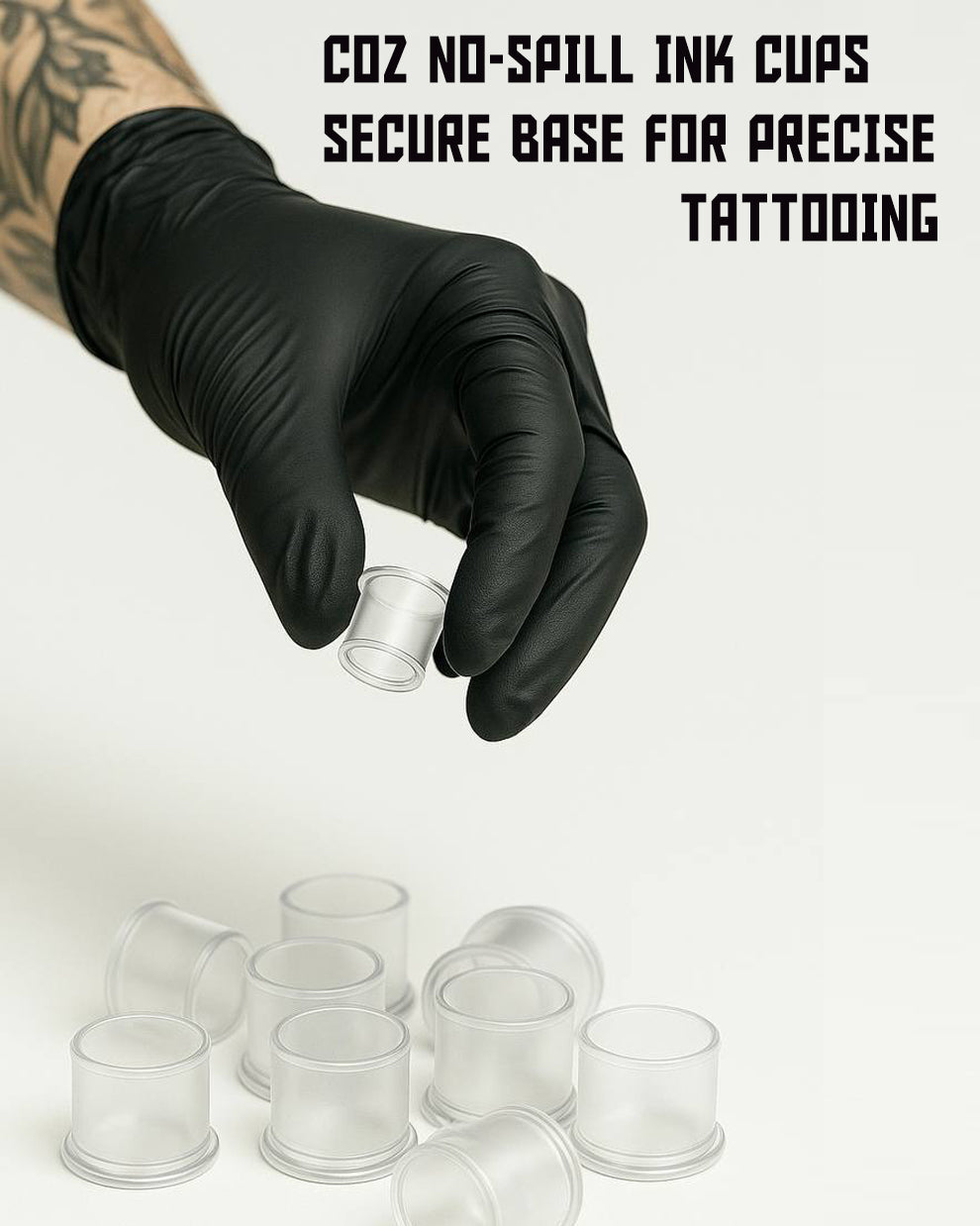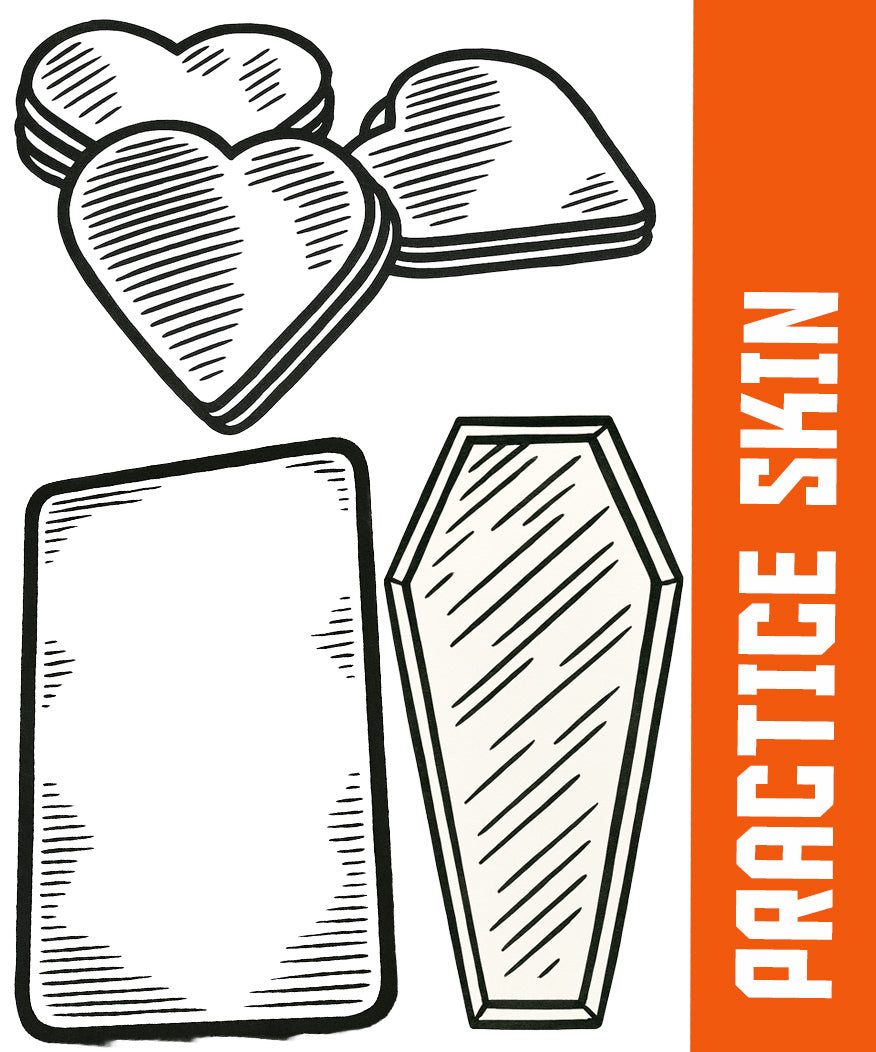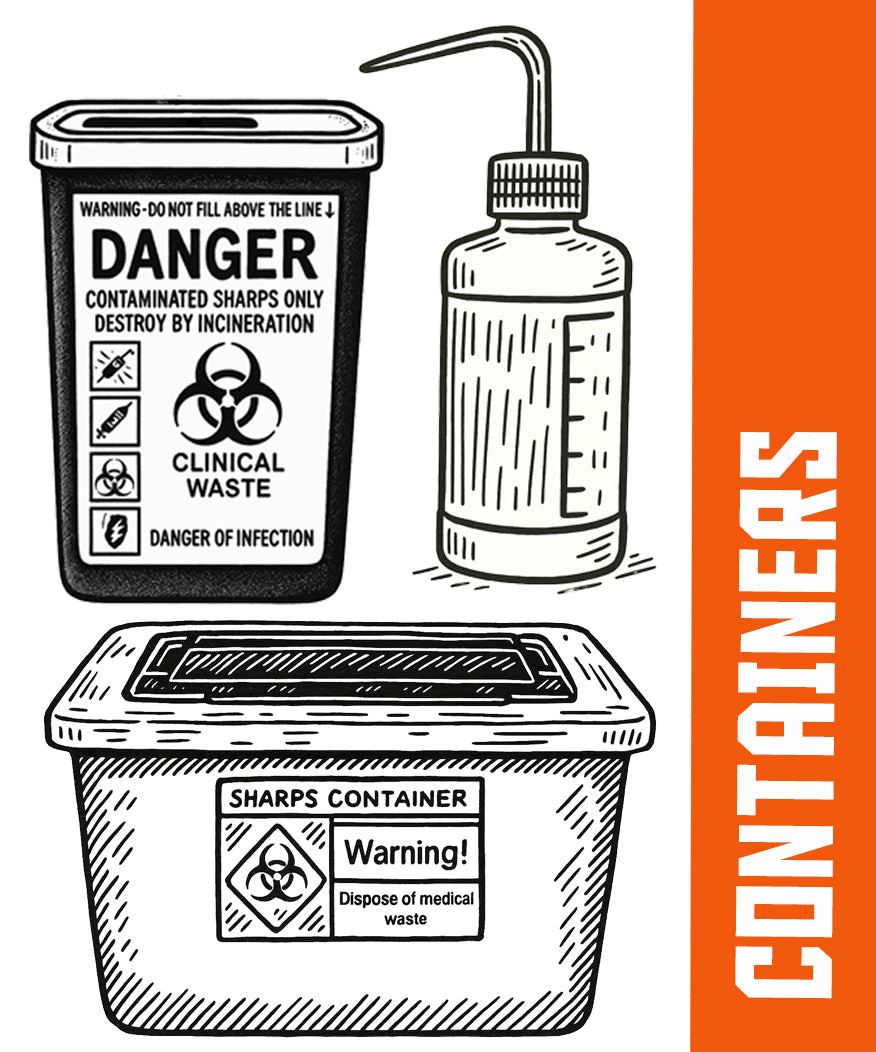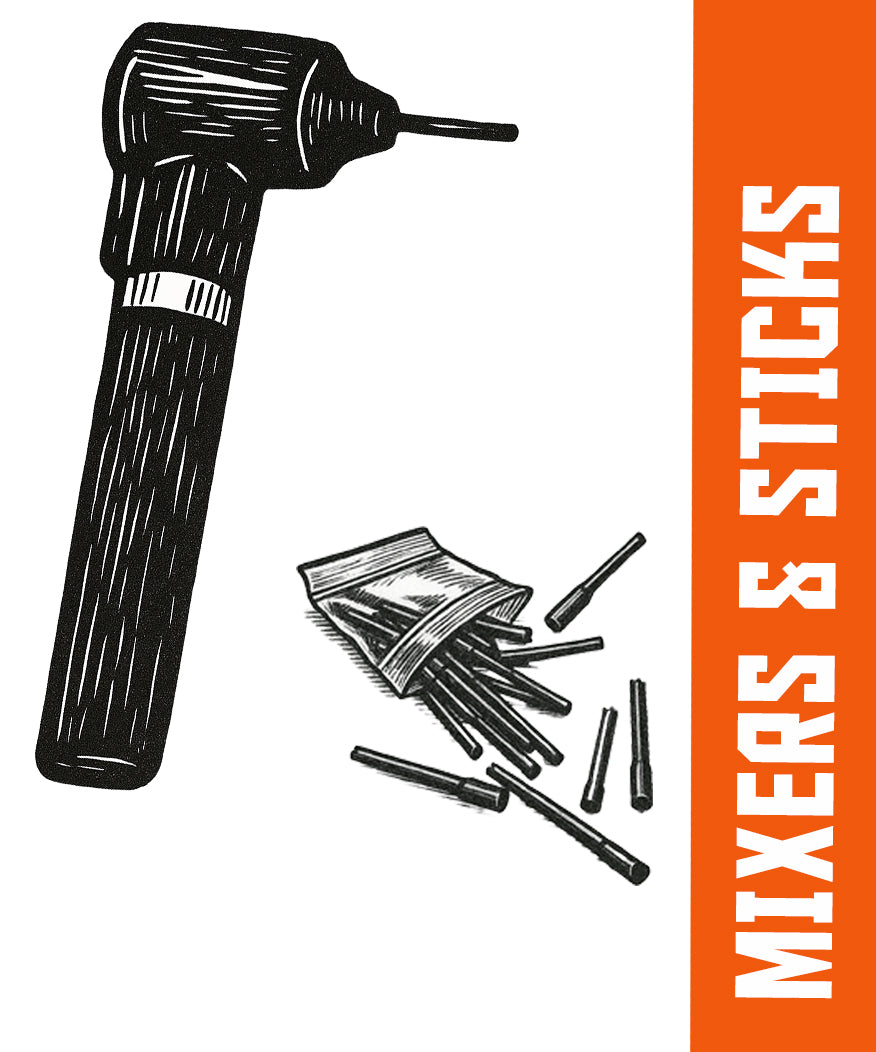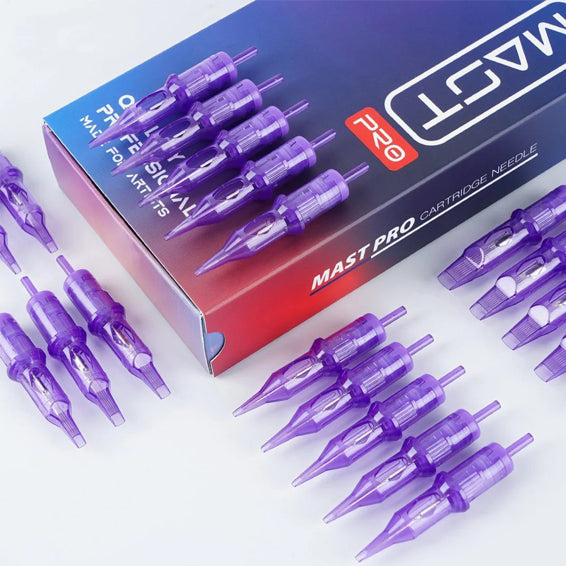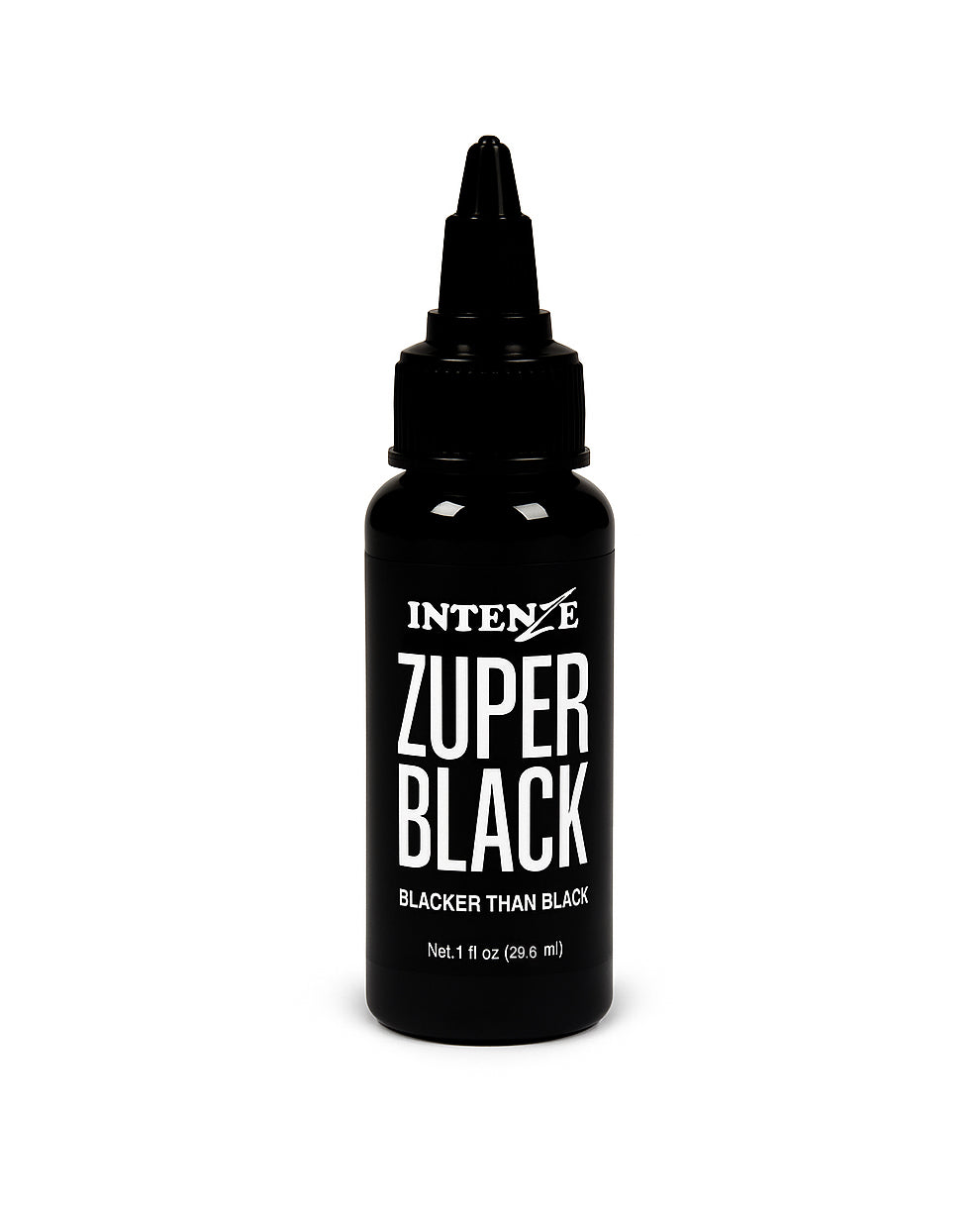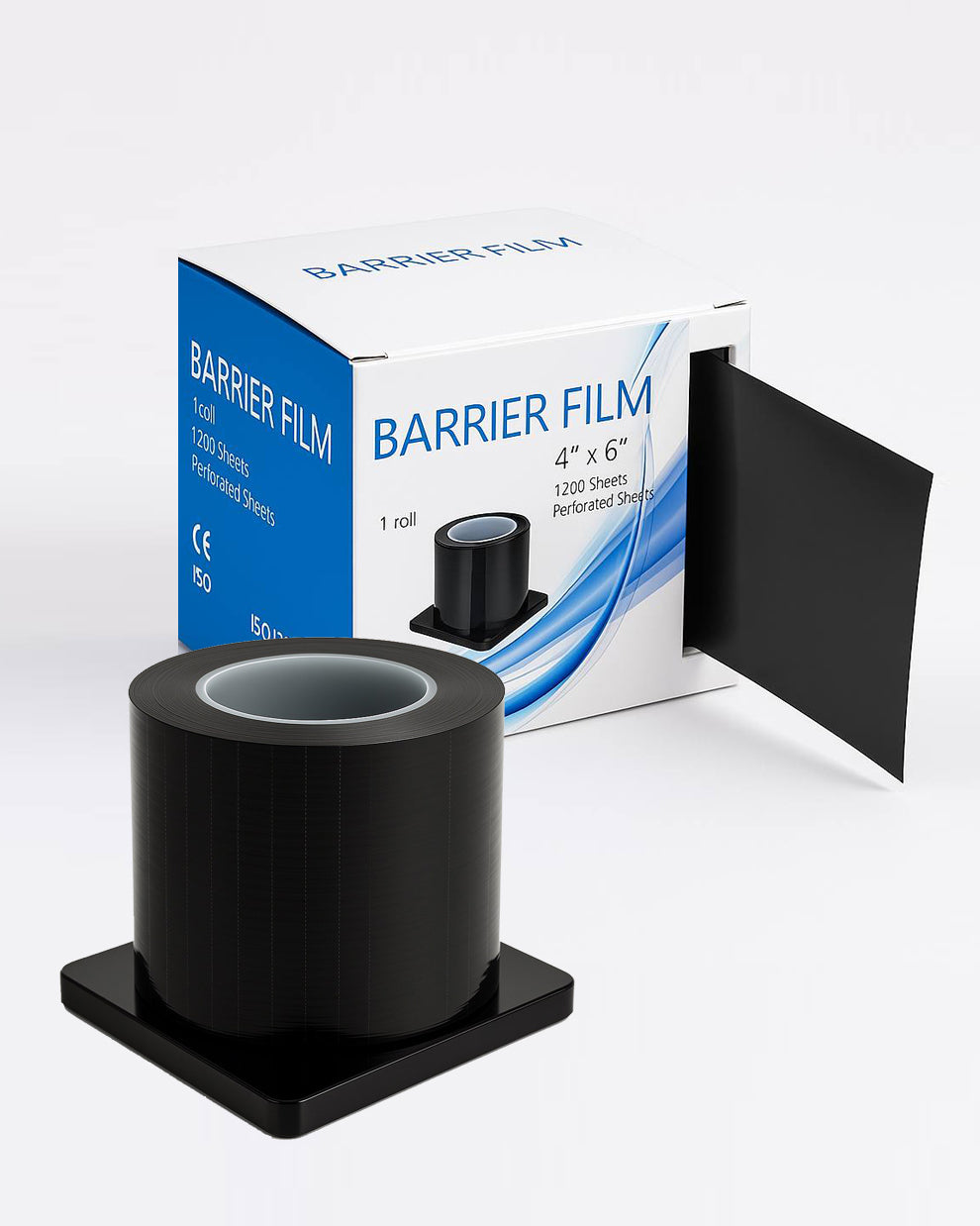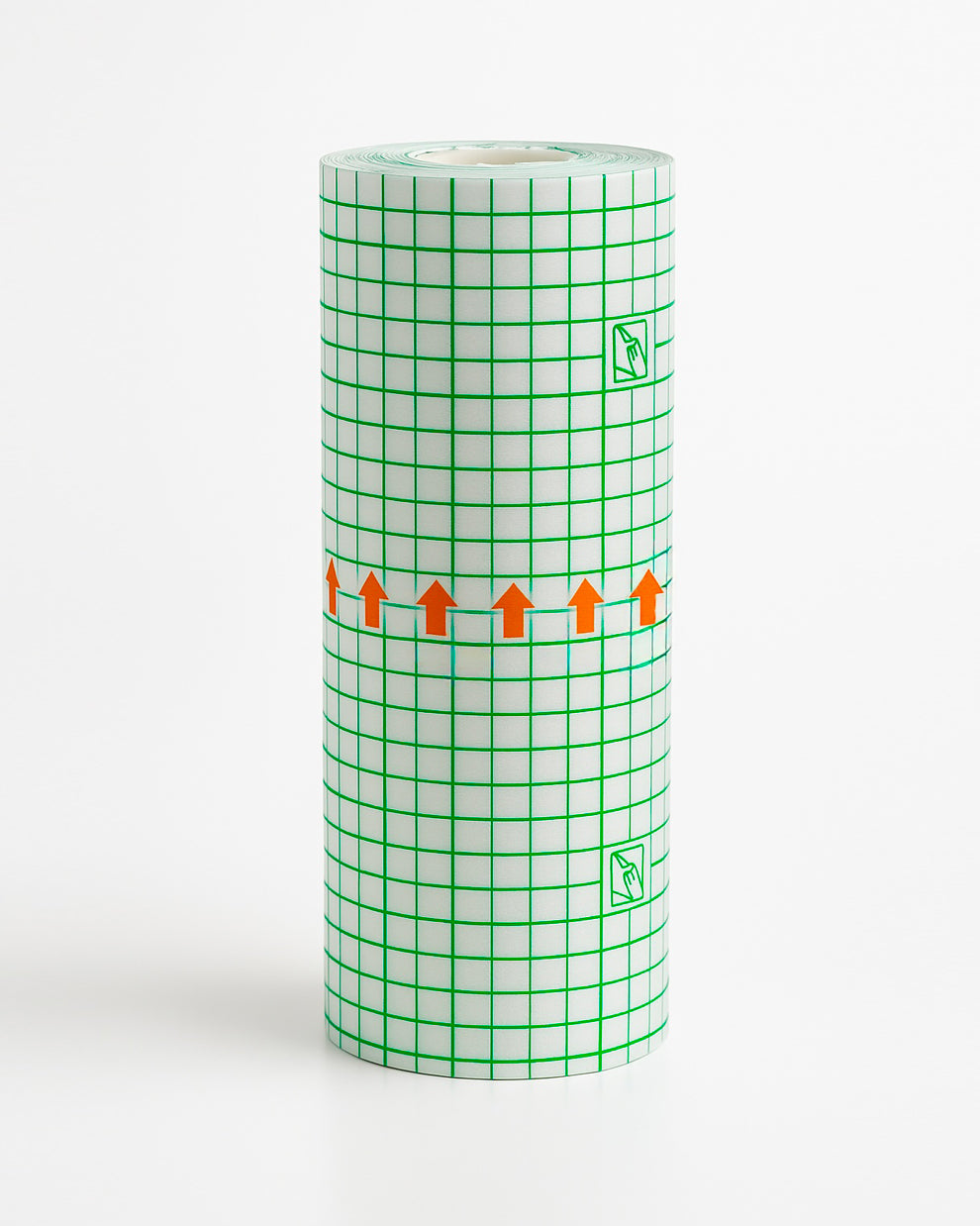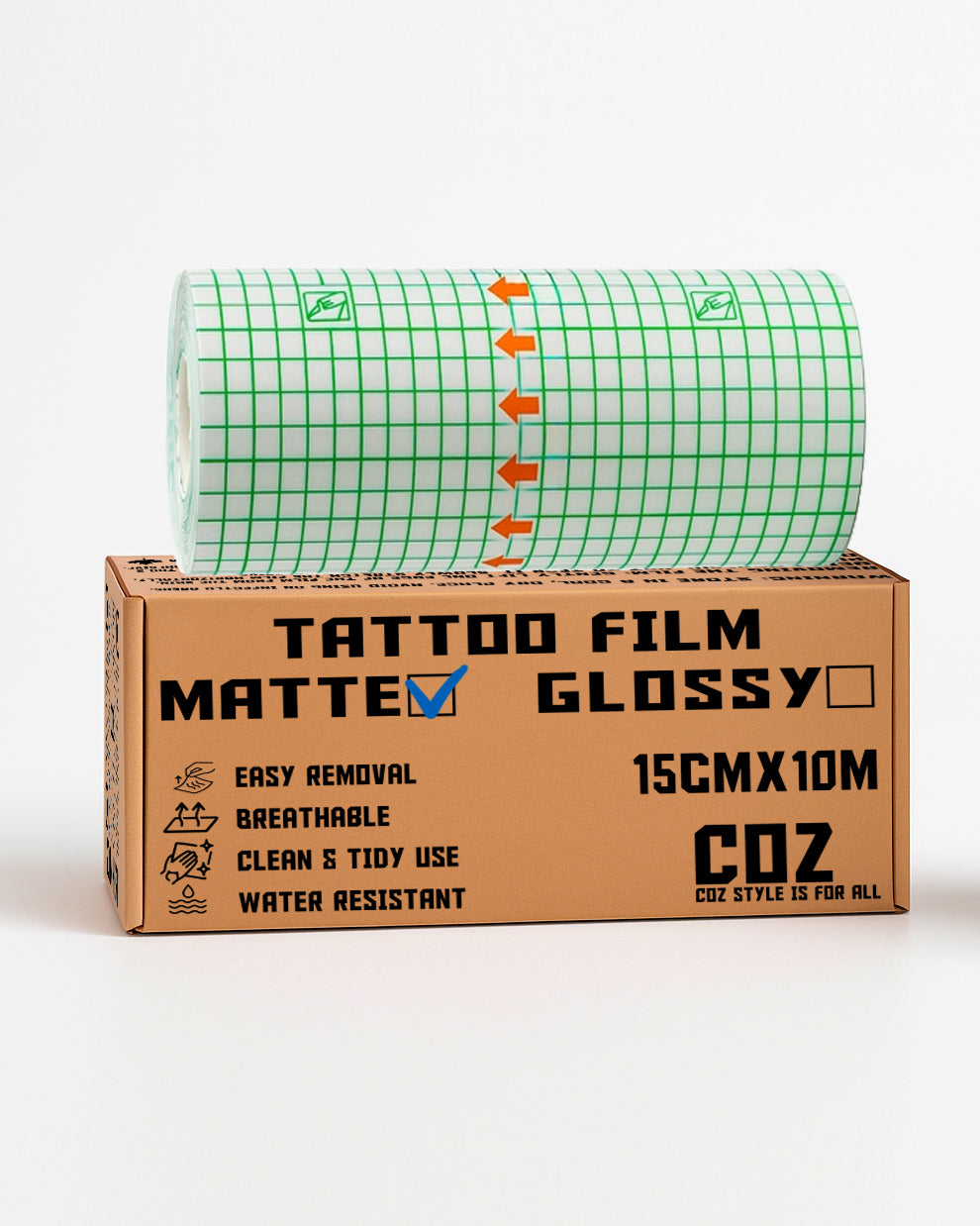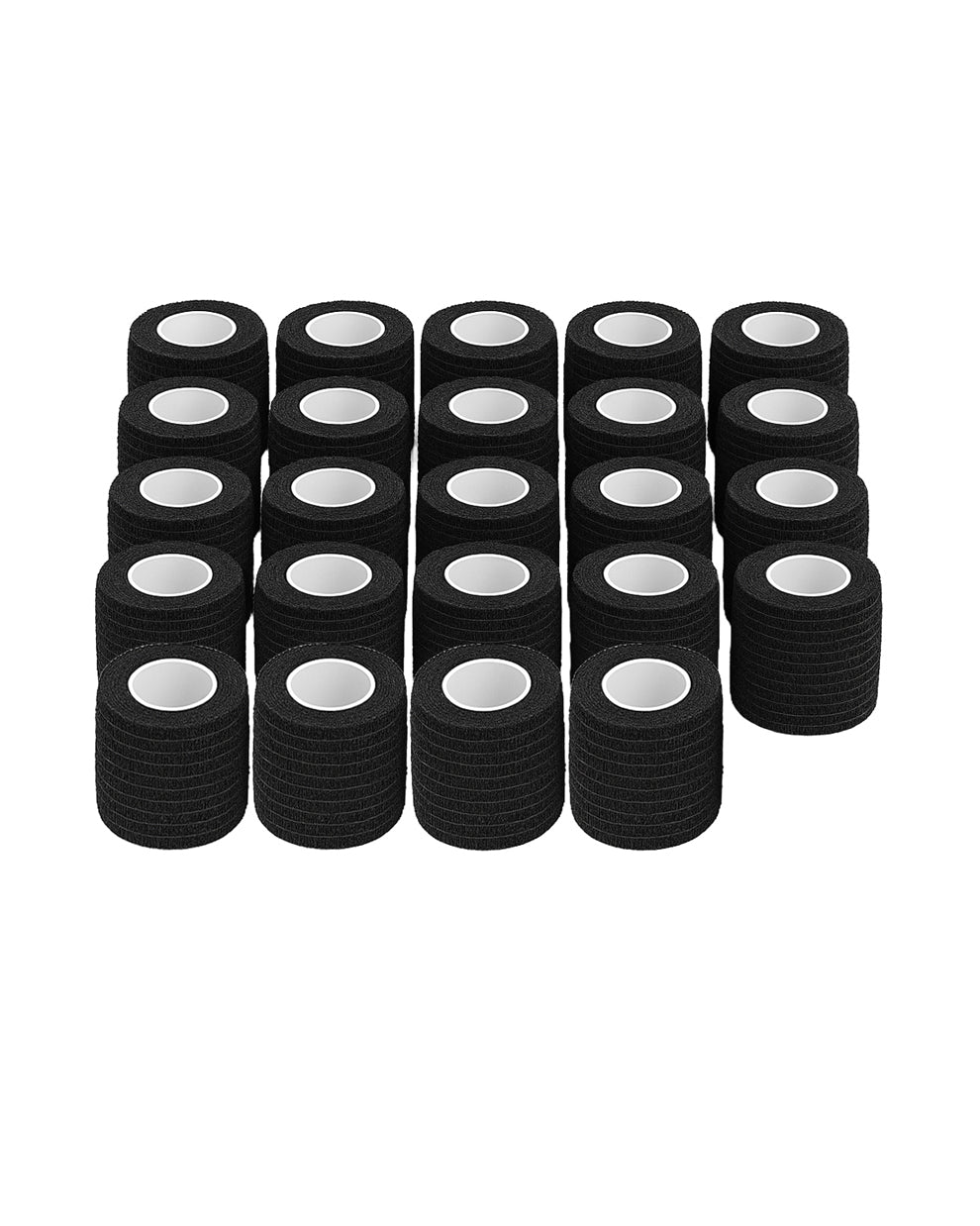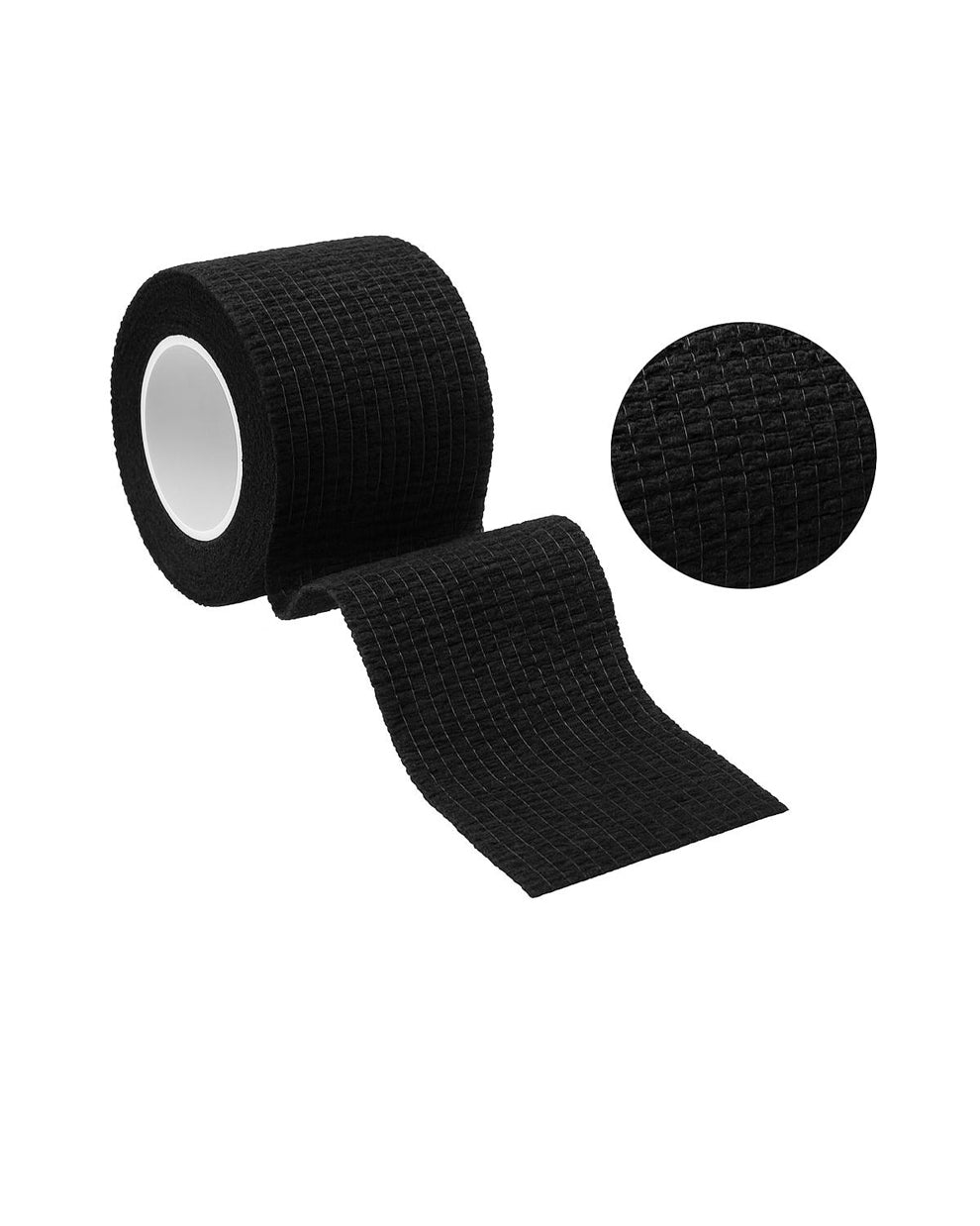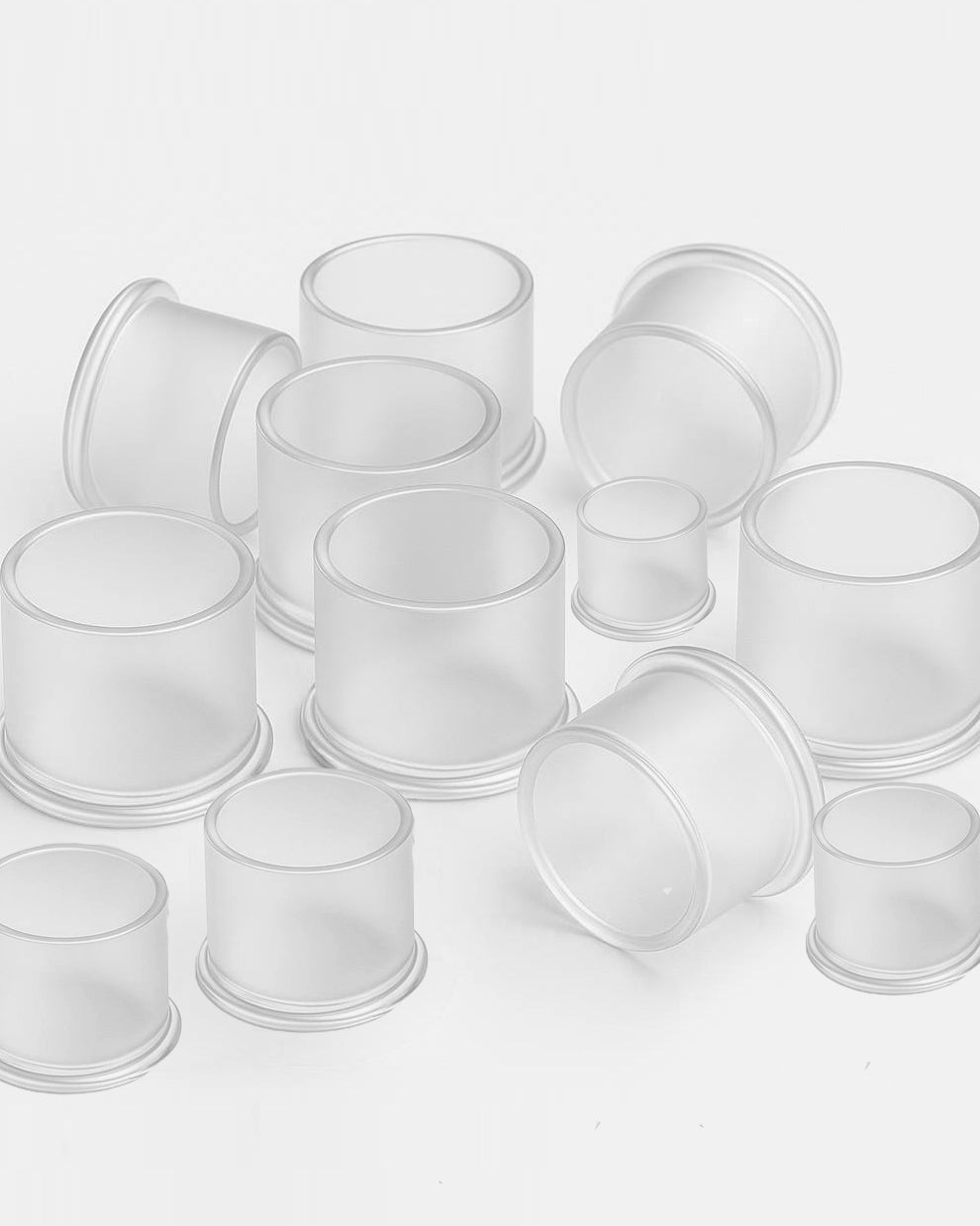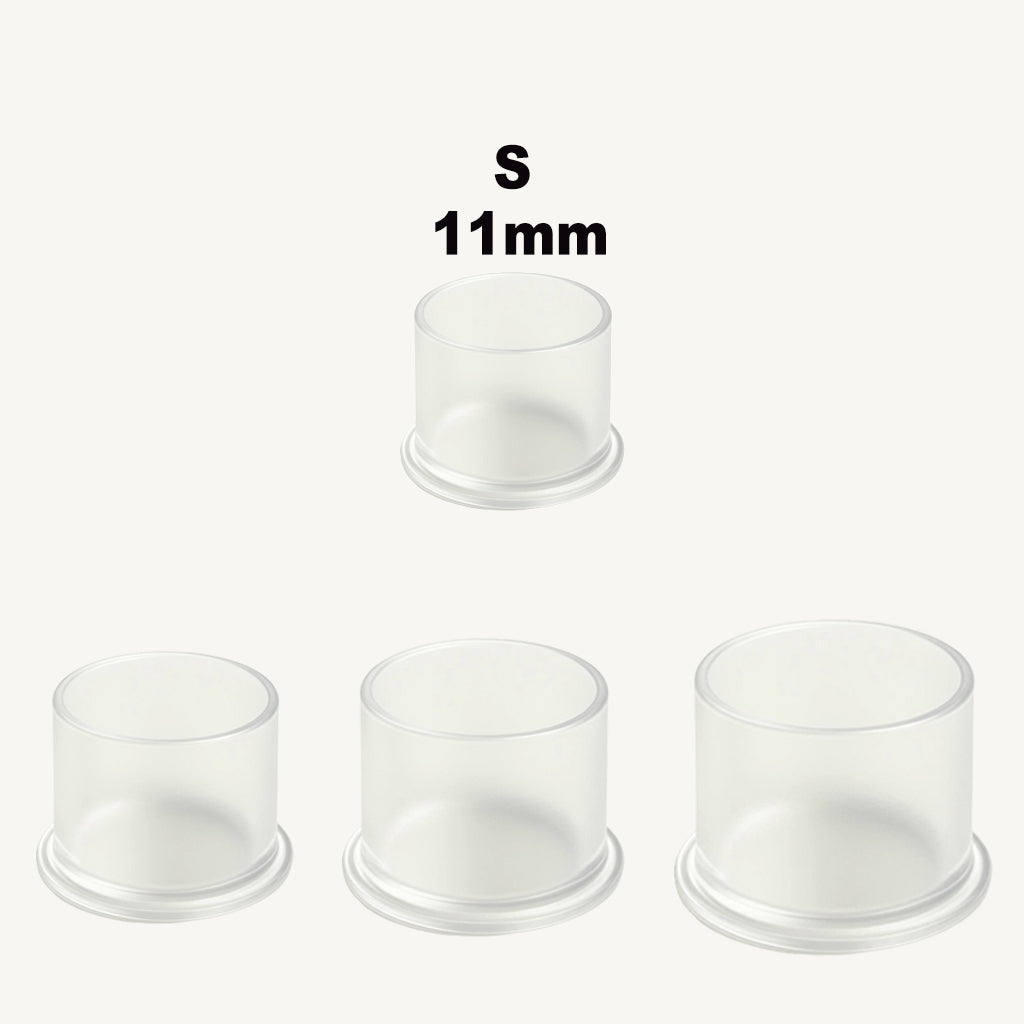So, you’re ready to get your very first tattoo. Congrats — you’re about to join a club that’s equal parts art gallery and lifestyle statement. But before you run off to your favorite shop, there’s one question that every newbie faces: where should I put it?
Placement isn’t just about “where will it look cool?” (though that matters, of course). It’s also about pain, how easily it heals, and how visible you want it to be at work, school, or family dinners. Pick the wrong spot and you might be wincing through your whole session or fighting with bandages rubbing against your clothes. Pick the right one, and you’ll be cruising through your first tattoo like a pro.
Let’s break down the best — and trickiest — first tattoo placements in North America, with real talk about pain, healing, and aftercare.
Beginner-Friendly Spots: Where Ink Goes Easy
Upper Arm (Shoulder/Bicep)
This is the MVP of first-timer placements. There’s muscle padding, less bone, and plenty of room to work with. Pain? Low. Visibility? Optional — short sleeves show it off, long sleeves hide it. Healing is also smooth since shirts don’t constantly rub the area. It’s no wonder artists call it the “classic first tattoo zone.”
Outer Forearm
If you want to see your tattoo every day, this is the spot. The forearm is flat, accessible, and hurts way less than you’d think. Plus, it’s easy to heal because the skin doesn’t stretch or bend as much as, say, the wrist. Just remember: everyone else will see it too, so make sure you’re cool with that level of visibility.
Shoulder Blade
Broad canvas, low friction, and relatively painless. The only catch? You’ll need a buddy (or some flexibility) to lotion it during aftercare. Otherwise, it’s a solid beginner pick and a great place for bigger designs without too much pain drama.
Upper Back
Like the shoulder blade, the upper back is spacious and muscle-heavy. Minimal sun exposure means your ink will age well, and healing is pretty easy — just be careful sleeping on your back right after.
Thigh (Outer/Upper)
Think of this as the secret spot. Lots of muscle, low pain, and super easy to cover up if needed. It’s also a stable area that doesn’t change shape as much as the stomach or ribs, so tattoos here hold their look longer. Bonus: shorts or a swimsuit let you show it off on your own terms.
Calf
Another underrated area. The calf has decent padding, and while the inner side can sting a little, overall it’s manageable. Just take care when shaving — fresh razors only — to avoid irritation before the tattoo.
Wrist
Yes, the wrist is thinner skin and slightly higher on the pain scale than the arm. But if you’re dreaming of something small and symbolic, this is a go-to. Just remember: wrists are always visible, and sun exposure can fade them faster. Healing is manageable if you’re diligent about moisturizing.
Challenging Spots: Maybe Not for Tattoo #1
Ribs and Sternum
Ask anyone with rib tattoos and they’ll tell you: it feels like being tickled with knives. Thin skin over bone = maximum ouch. Add in constant shirt rubbing, and healing is no picnic either. Most artists will advise saving ribs for later.
Hands, Fingers, Elbows
Cool factor? High. Pain and maintenance? Even higher. Hands and fingers are bony, nerve-packed, and used constantly, which means slower healing and faster fading. Elbows bend and rub all day, making them a nightmare for healing. Not recommended for a first rodeo.
Feet and Ankles
Shoes and socks + fresh tattoo = disaster. The skin is thin, the bones are close, and aftercare is tricky because you’re literally walking on it. Plus, tiny tattoos here are notorious for “blowouts” (when the ink spreads under the skin). Most artists steer beginners far away.
Neck, Face, and Collarbone
These spots come with more than just pain. They’re socially loaded — visible to everyone, including potential employers. Healing is quicker since the skin is thin, but the sensitivity and social implications mean they’re best left for when you’re absolutely sure.
Armpit, Groin, and Sensitive Zones
Do we even need to explain? Sweat, constant friction, and high nerve sensitivity make these some of the most brutal tattoo placements. Definitely not first-timer territory.
Healing Time & Aftercare: The Real Game-Changer
Placement doesn’t just decide how much you’ll squirm in the chair — it also shapes how your tattoo heals.
-
Quick healers: Upper arms, forearms, calves, shoulders, and thighs usually bounce back within 2–3 weeks. Less movement + more flesh = easier recovery.
-
Slow healers: Wrists, ankles, feet, ribs, and anywhere that bends or rubs against clothes. Expect a bit more scabbing and a healing window closer to 4 weeks.
-
High-maintenance zones: Hands and feet, since they’re exposed to dirt, friction, and constant movement. You’ll need extra care to avoid fading or infection.
No matter where your first tattoo is, the aftercare basics are the same: keep it clean, moisturized, and protected. That’s where good supplies make all the difference.
👉 A solid pick is COZ Tattoo Film – Standard Glossy Second Skin Care Bandage, which acts like a protective shield in those first few days. If you prefer something less shiny, there’s also the Premium Matte Second Skin Film that blends in more naturally.
When the film comes off, switch to daily moisturizing. A classic option that artists recommend is A&D Aftercare Ointment — easy to use, gentle on the skin, and keeps your fresh ink from drying out.
Artist + Client Perspectives
Tattooers across North America are pretty consistent: start with fleshy, low-pain areas. Forearms, upper arms, shoulders, and thighs top their lists because they heal well and don’t traumatize beginners.
Clients who listened usually rave about how smooth their first experience was. Clients who didn’t (hello, ribcage crew) often post about how rough it felt. One common thread? Everyone says: listen to your artist. They know how different spots behave, both in the chair and during healing.
Final Word: Pick Smart, Heal Smart
Your first tattoo is special — it’s the start of your ink journey. Placement can make or break that experience. Go for areas that balance low pain, easy healing, and your personal visibility comfort zone.
Then, once the ink is in, treat your tattoo like the tiny open wound it is. Protect it with second skin film, moisturize daily, and keep it safe from sun and friction. With the right spot and the right aftercare, your first tattoo won’t just look good — it’ll feel like the perfect start to a lifetime of ink.








